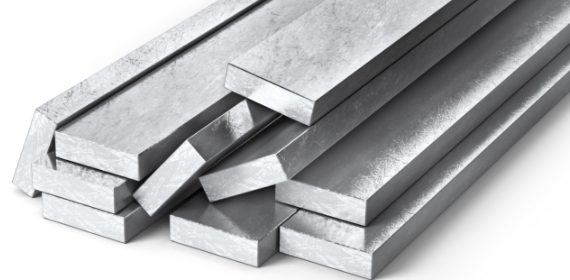
The A709 Grade 36 is denoted as bridge material with the same basic chemical, mechanical, and physical properties.Ĭarbon adds to strength and hardenability of steel. The ASTM A1011 Grade 36 and ASTM A1018 Grade 36 specifications are for the sheet and strip forms of A36. Some relatively new specifications relating to ASTM A36 material are available. The nominal chemical requirements for these materials are: Metal Thickness (In.) and Chemical Values (Percent) It also can be rolled easily and has practically no springback (opening up after rolling). A 90-degree bend is not at all uncommon for this If the material is to be bent or rolled, ductility is very important, and A36/SA36 is a good choice. These properties are determined by tests for tensile, yield, elongation (how much the material will stretch before failure), and reduction (shrinkage in cross-sectional area before failure). Ductility and Formabilityĭuctility and formability are directly related. In the past this material was available in a pickled and oiled form condition that was slightly more corrosion-resistant. This material does not contain the elements, such as copper, chromium, or nickel, which produce corrosion resistance. If corrosion resistance is a must, A36/SA36 is not a good choice. It is common to say that a metal containing less than 0.30 percent carbon is not readily hardenable, although it may be case-hardened in an atmospheric carbon-enhanced furnace. Wear resistance is related to hardness and hardenability. If wear resistance is required, then A36/SA36 is not a good choice. For example, the minimum elongation in 2-inch plate is 23 percent, and for shapes, 21 percent. Also the production method-rolling, hot or cold, or extruding-can affect tensile strength.Īdditional carbon and manganese produce a higher strength but lower ductility. Variations in tensile strength allow for the difference in carbon, manganese, and silicon content in different thickness. The yield is approximately 36,000 PSI, and the tensile strength varies from 58,000 PSI to 80,000 PSI. Available thicknesses, widths, and lengthsįor A36/SA36 material, the tensile and yield strength are moderate.Shape (plate, beam, angle, T, channel, etc.

If a job specification does not specify a material, you must decide which to use based on the following criteria: A36/SA36 is available in plate and shapes such as beams, channels, angles, and round and flat bars. These materials, which have relatively low carbon and other alloy content, are used most often in noncritical structural fabrications. The term plain carbon steel usually refers to steel such as ASTM A36/ASME SA36, or SAE 1020. Engineers establish requirements for the end use and then seek the proper material to achieve the desired result. In most cases, the egg comes before the hen. You must study several specifications to determine if a metal is fit for its intended use. Is there really any such thing as plain carbon steel? A term used often in the past to describe plain carbon steel is mild steel, a metallurgical descriptor that defines the material's capability for end use. Those of us in the welding and job shop industry have seen and heard the term just plain carbon steel many times. Low-carbon Steel Expansion Joint for Power Plant Small Amount of Copper Added to Enhance Corrosion Resistance.


 0 kommentar(er)
0 kommentar(er)
